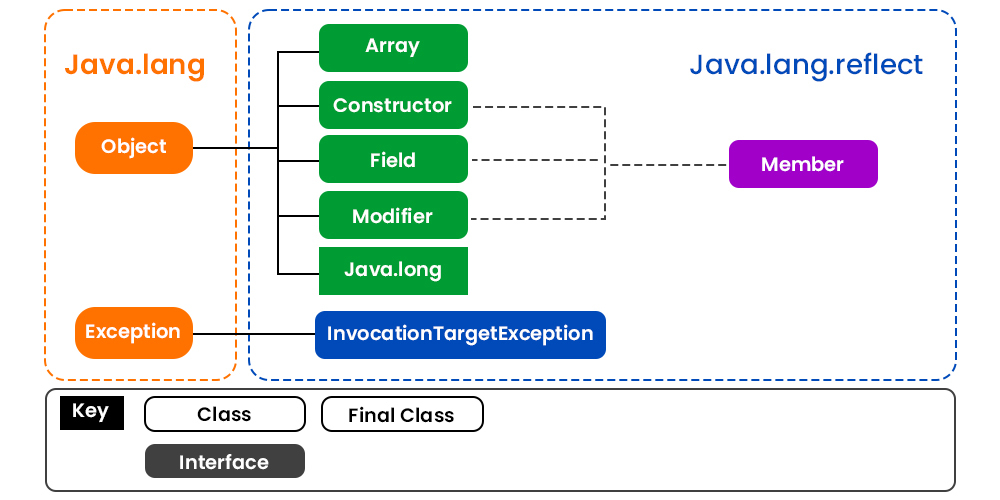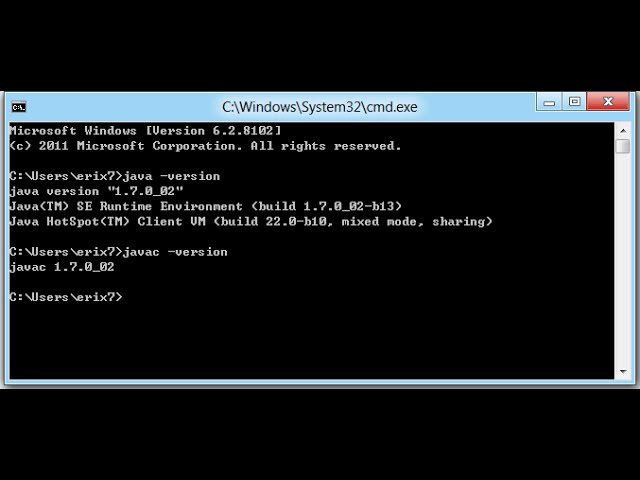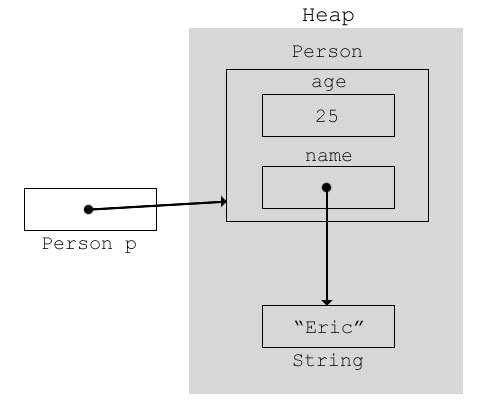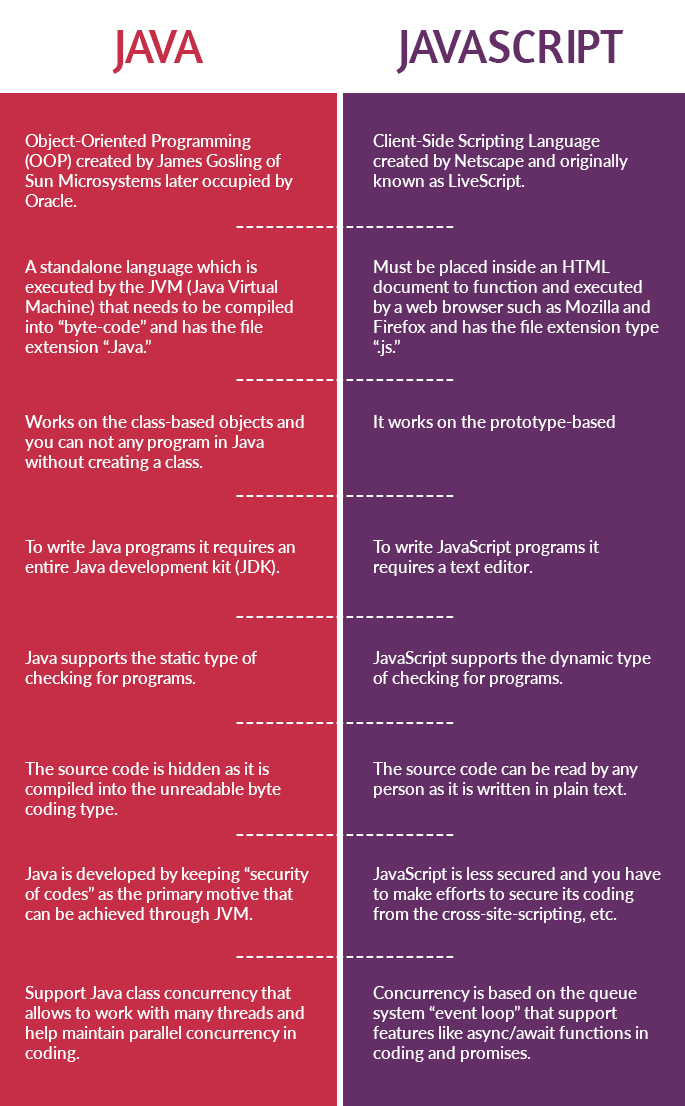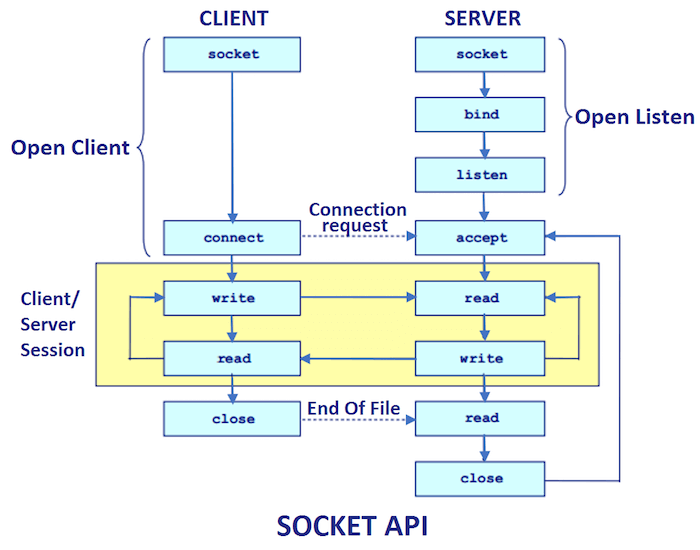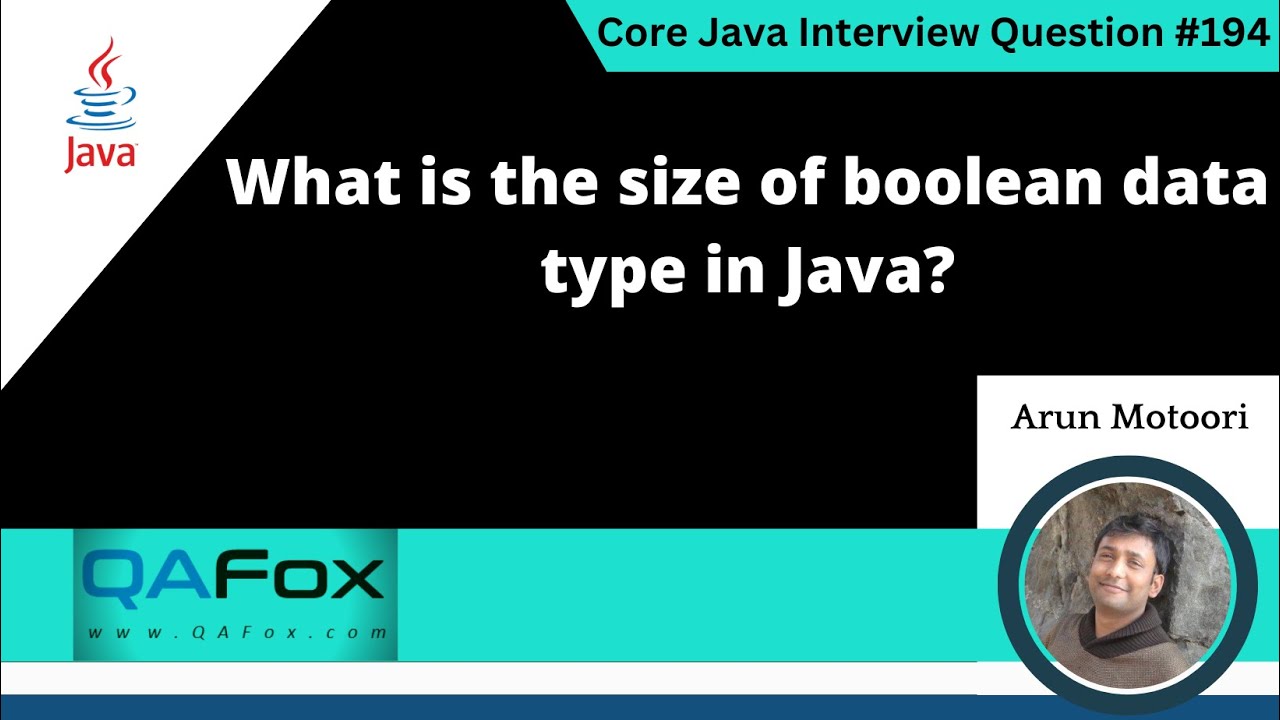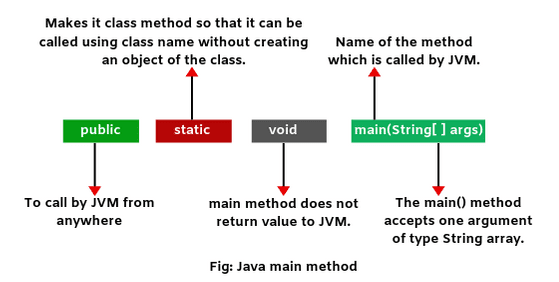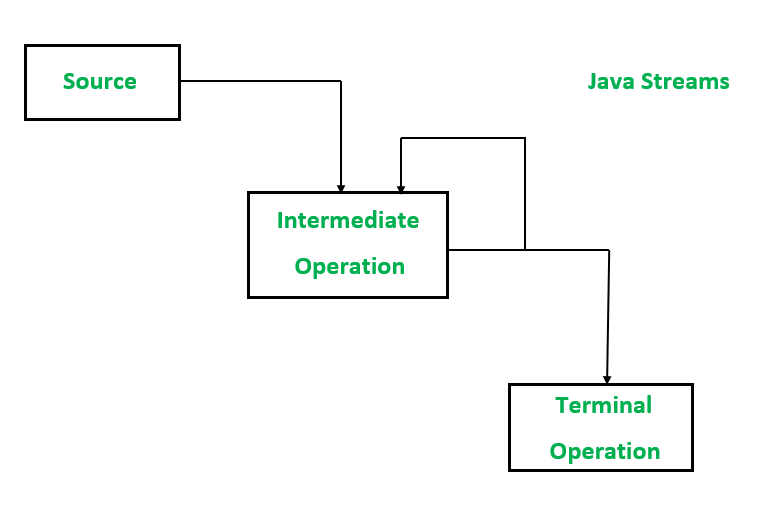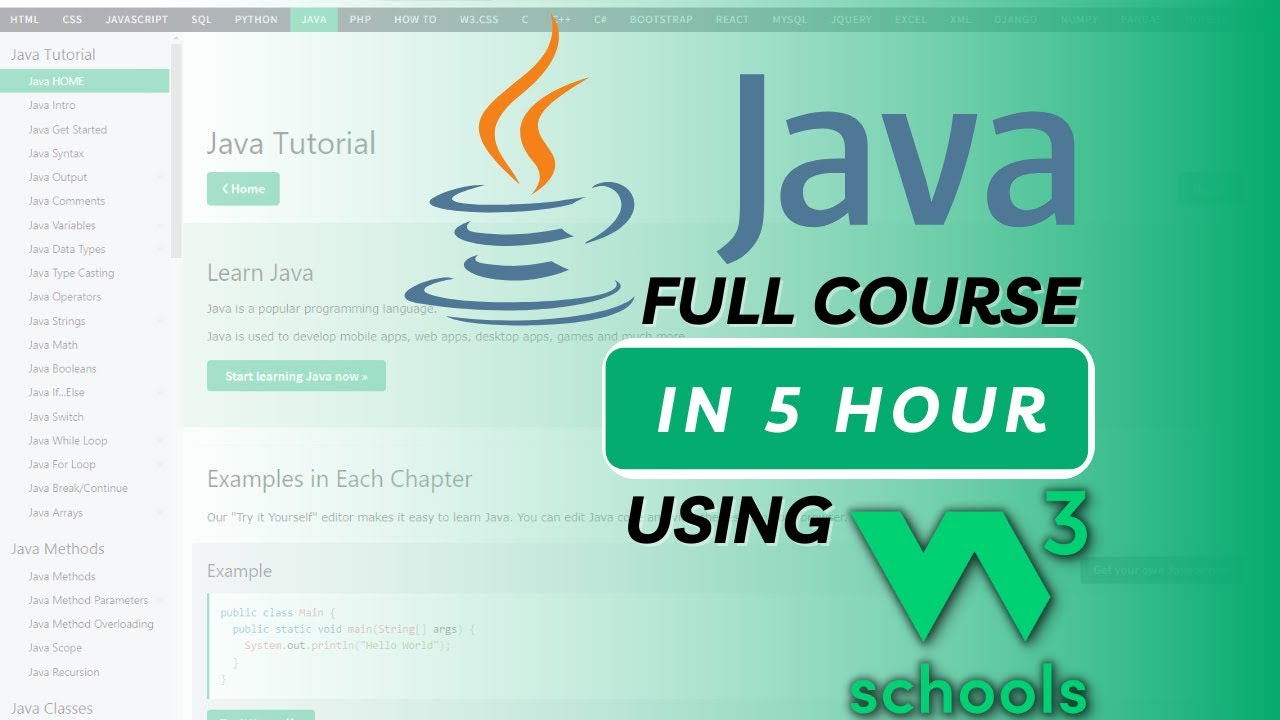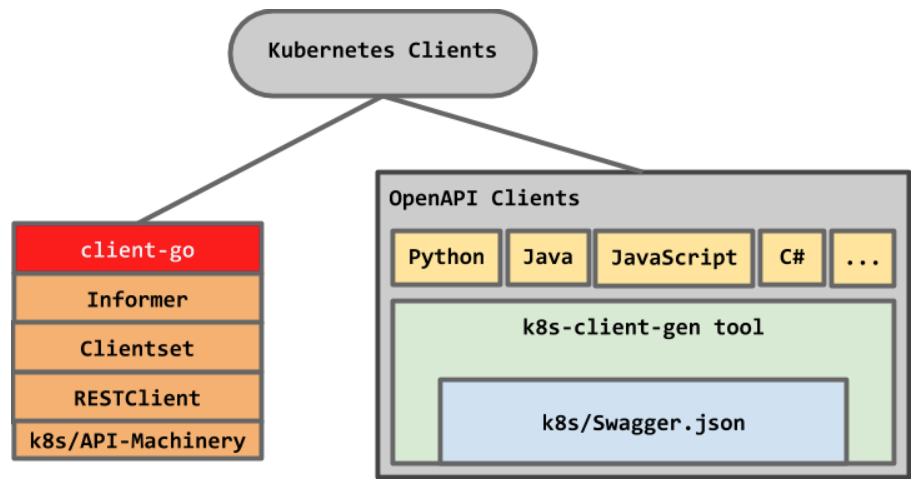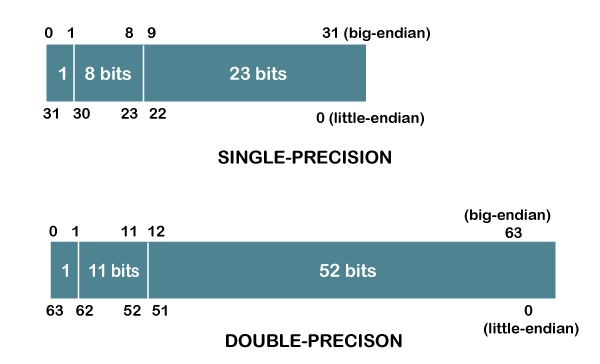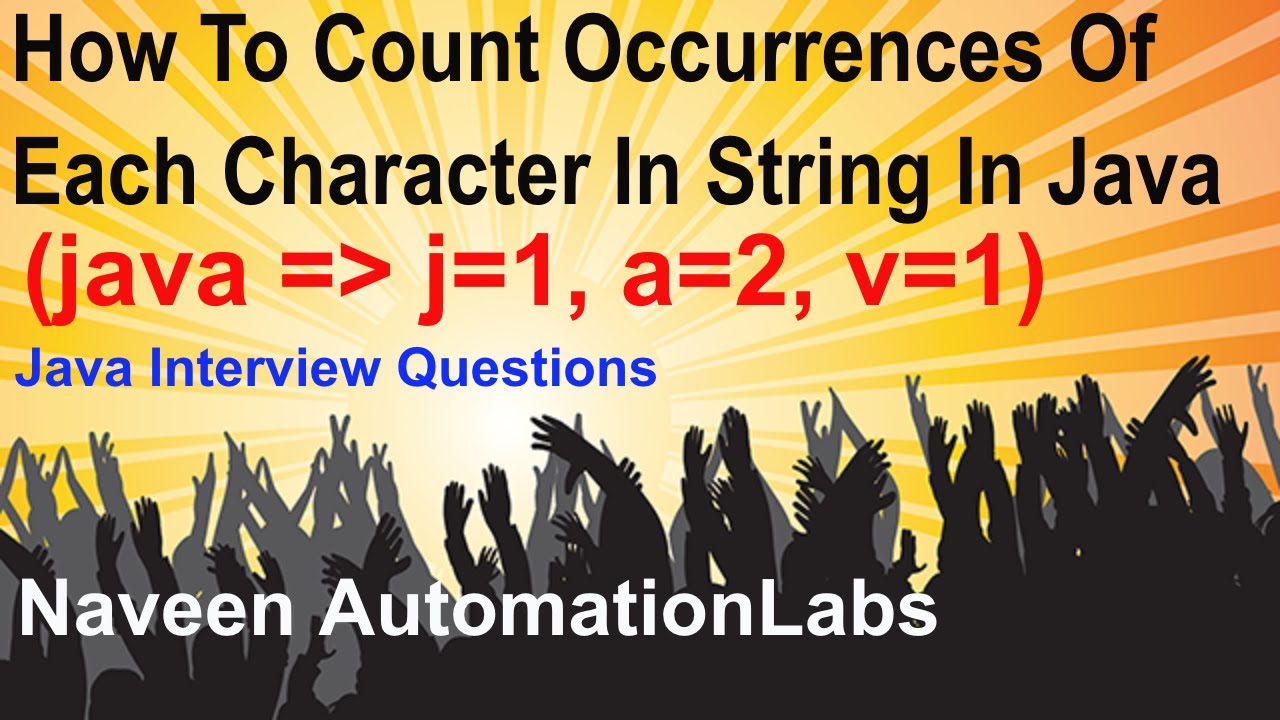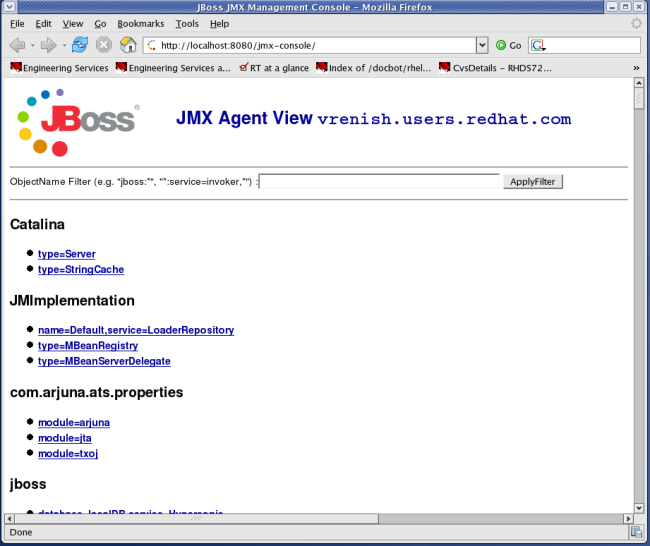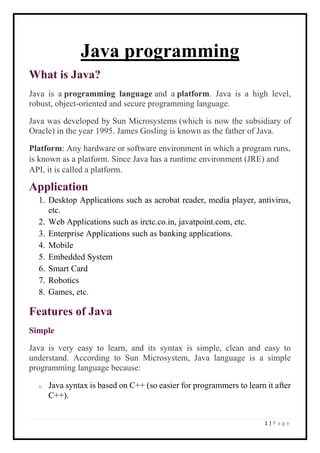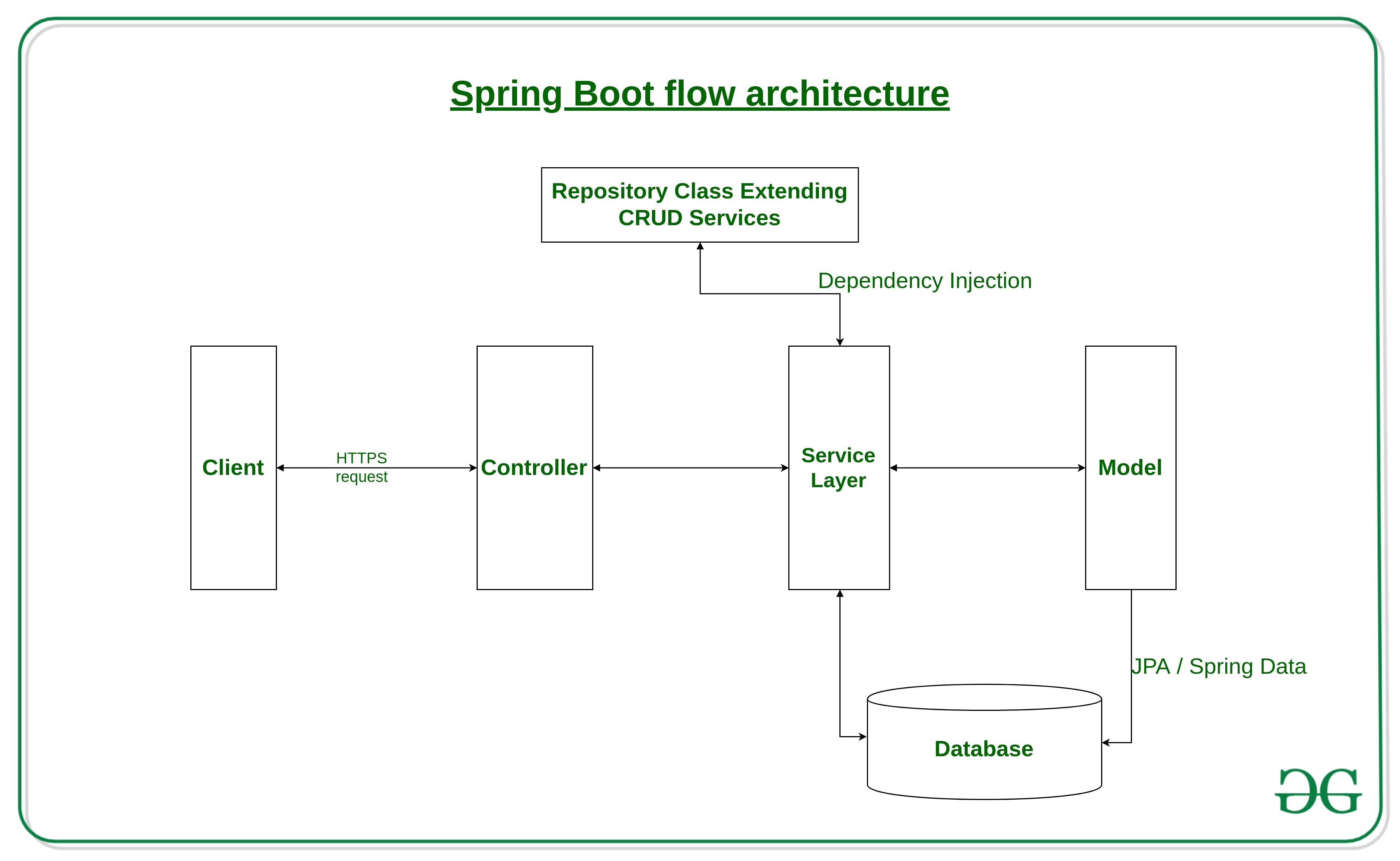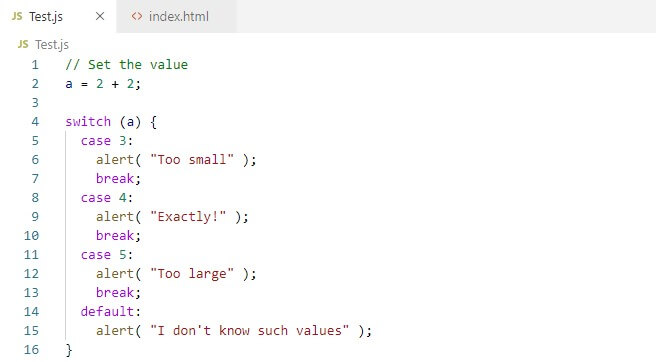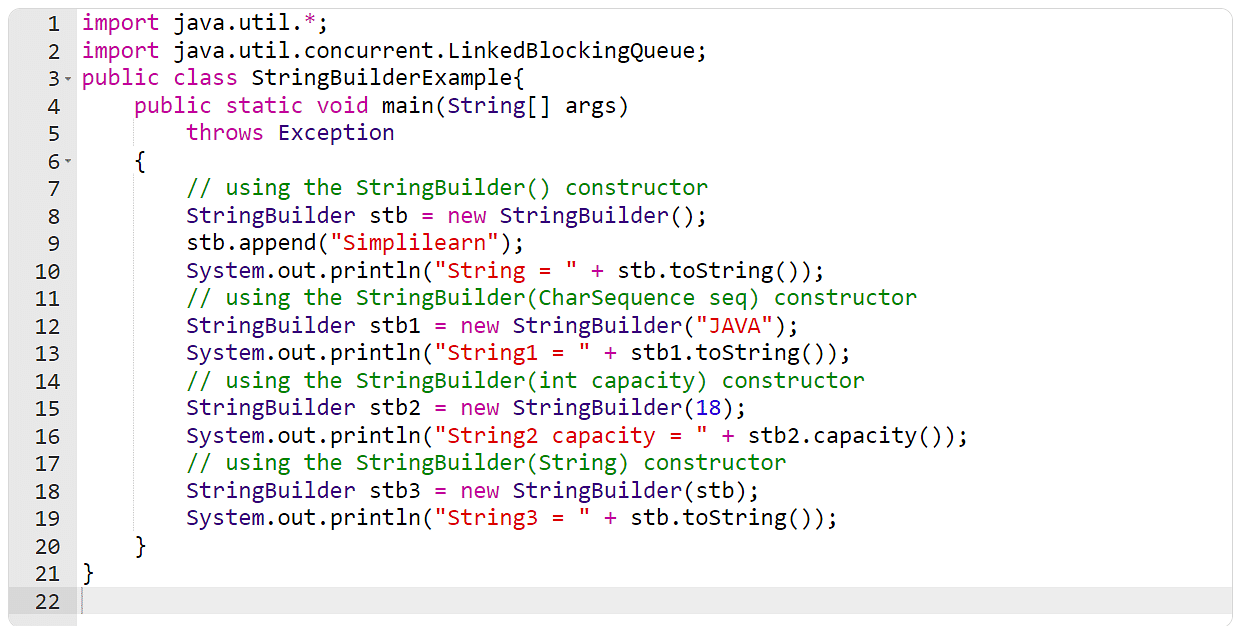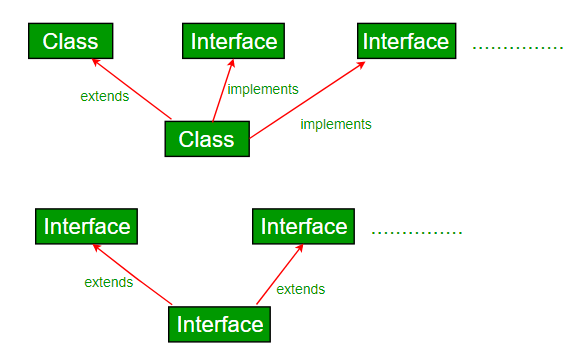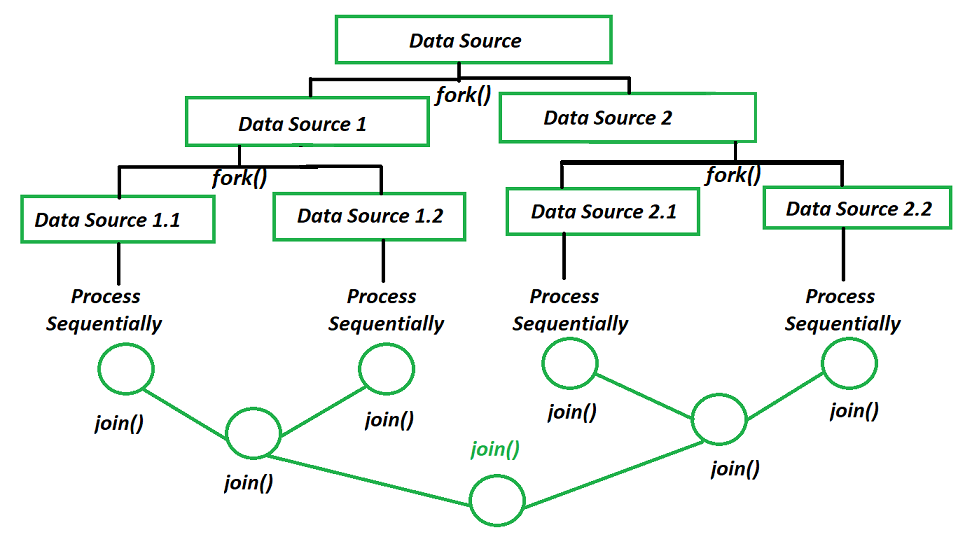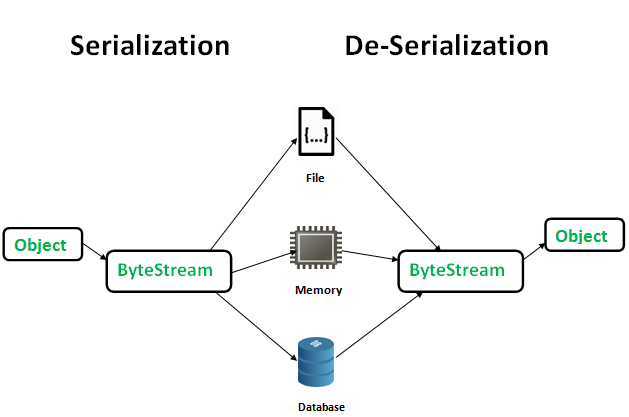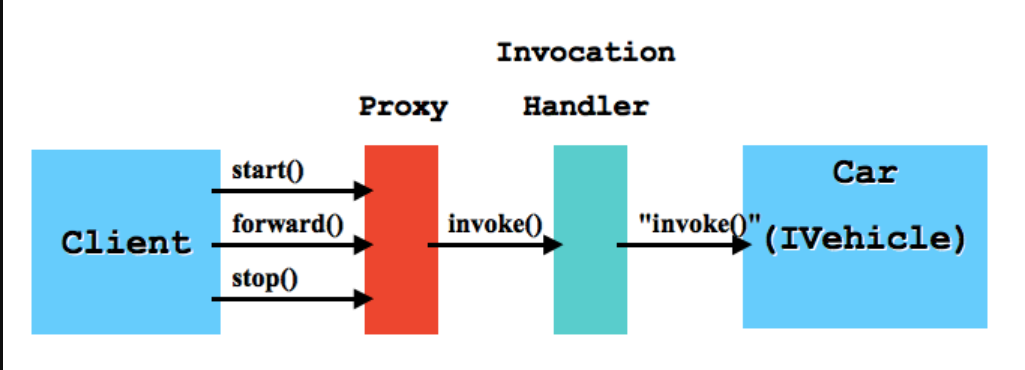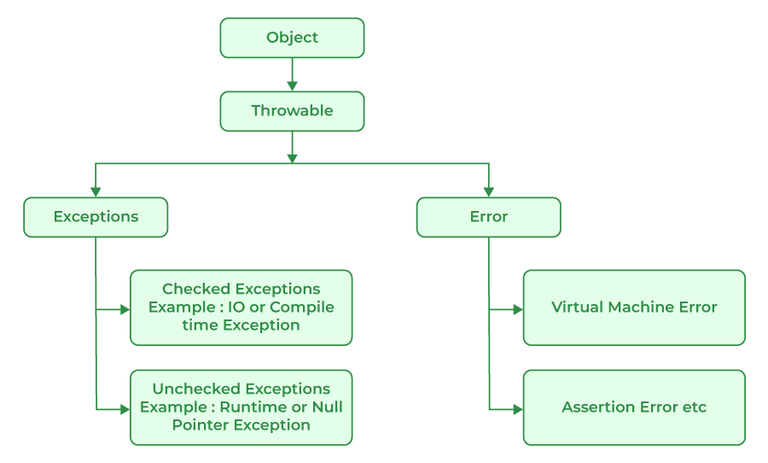Which is an exception in java?
Which is an exception in java?
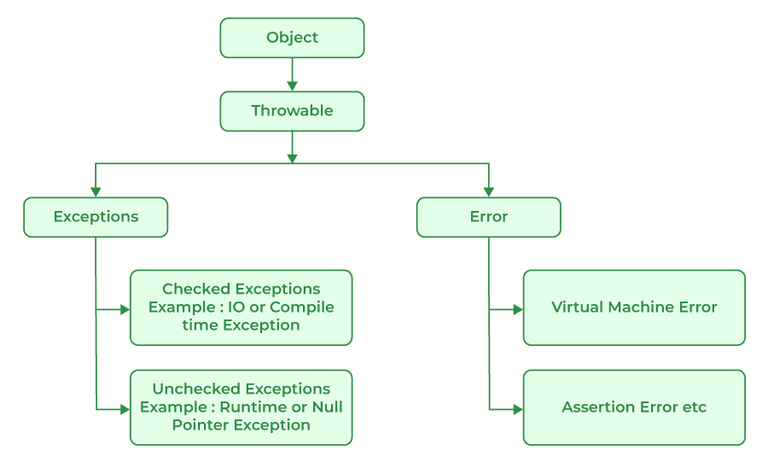
A question about Java exceptions!
In Java, there are several types of exceptions that can occur during the execution of a program. These exceptions are not part of the normal flow of a program's execution and can be handled or propagated by using try-catch blocks.
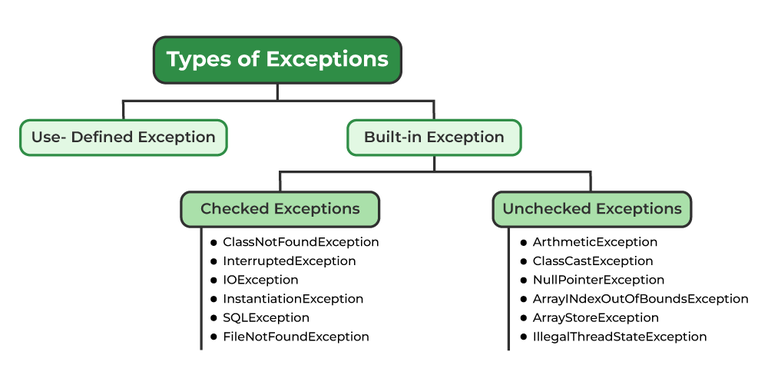
Here are some examples of exceptions in Java:
ArithmeticException: This exception is thrown when an arithmetic operation (like division by zero) is attempted. For example,int x = 5 / 0; will throw an ArithmeticException. ArrayIndexOutOfBoundsException: This exception is thrown when an array index is out of range. For example, int[] arr = new int[5]; System.out.println(arr[6]); will throw an ArrayIndexOutOfBoundsException because the maximum valid index for an array of size 5 is 4. ClassCastException: This exception is thrown when the runtime system attempts to cast an object to a subclass of which it is not an instance. For example, String s = (Integer) "Hello"; will throw a ClassCastException because a String cannot be cast to an Integer. NullPointerException: This exception is thrown when an application attempts to use a null object reference. For example, String str = null; System.out.println(str.length()); will throw a NullPointerException because you can't call methods on a null object. IOException: This exception is thrown by input/output operations (like reading or writing files) when there's an error. For example, trying to read from a file that doesn't exist will throw an IOException.
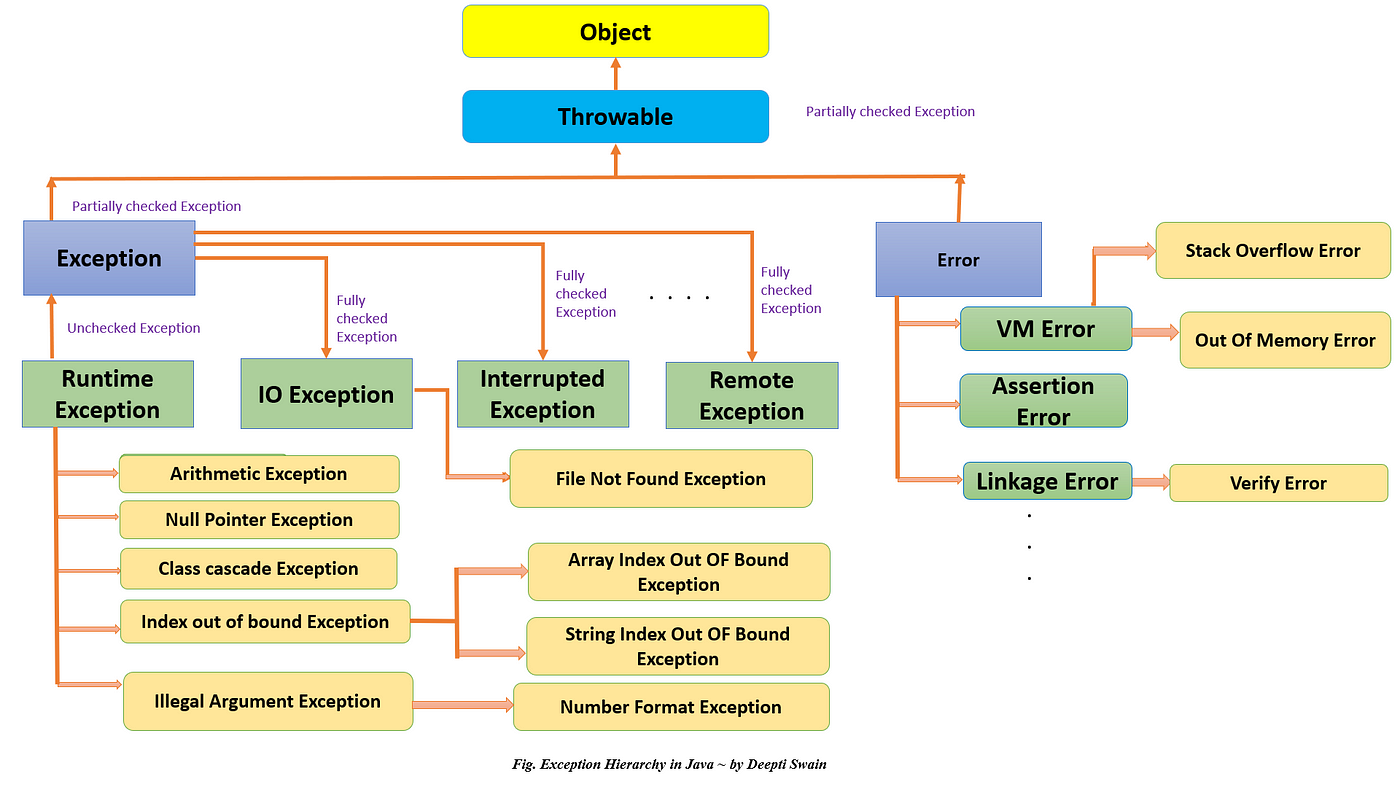
NullPointerException or ArrayIndexOutOfBoundsException.
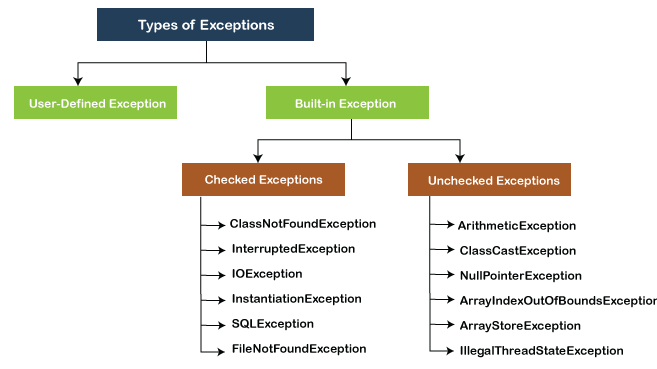
RuntimeException and is typically used for severe error conditions that need to be caught.
When it comes to handling these exceptions, Java provides a try-catch block construct. The general syntax is:
try {
// code that may throw an exception
} catch (ExceptionType e) {
// code to handle the exception
}
In this block, the code in the try clause may throw an exception. If it does, the program will jump to the catch clause and execute the code there. The type of exception that can be caught is specified in the catch clause.
It's also worth noting that exceptions can be propagated up the call stack by not catching them. This means that if a method throws an exception and it's not caught, the method will exit and the exception will be passed to the next method in the call stack until it's either caught or the program exits.
In summary, Java has many types of exceptions that can occur during runtime, and handling them with try-catch blocks is crucial for writing robust and reliable code.
How many exceptions are in Java?
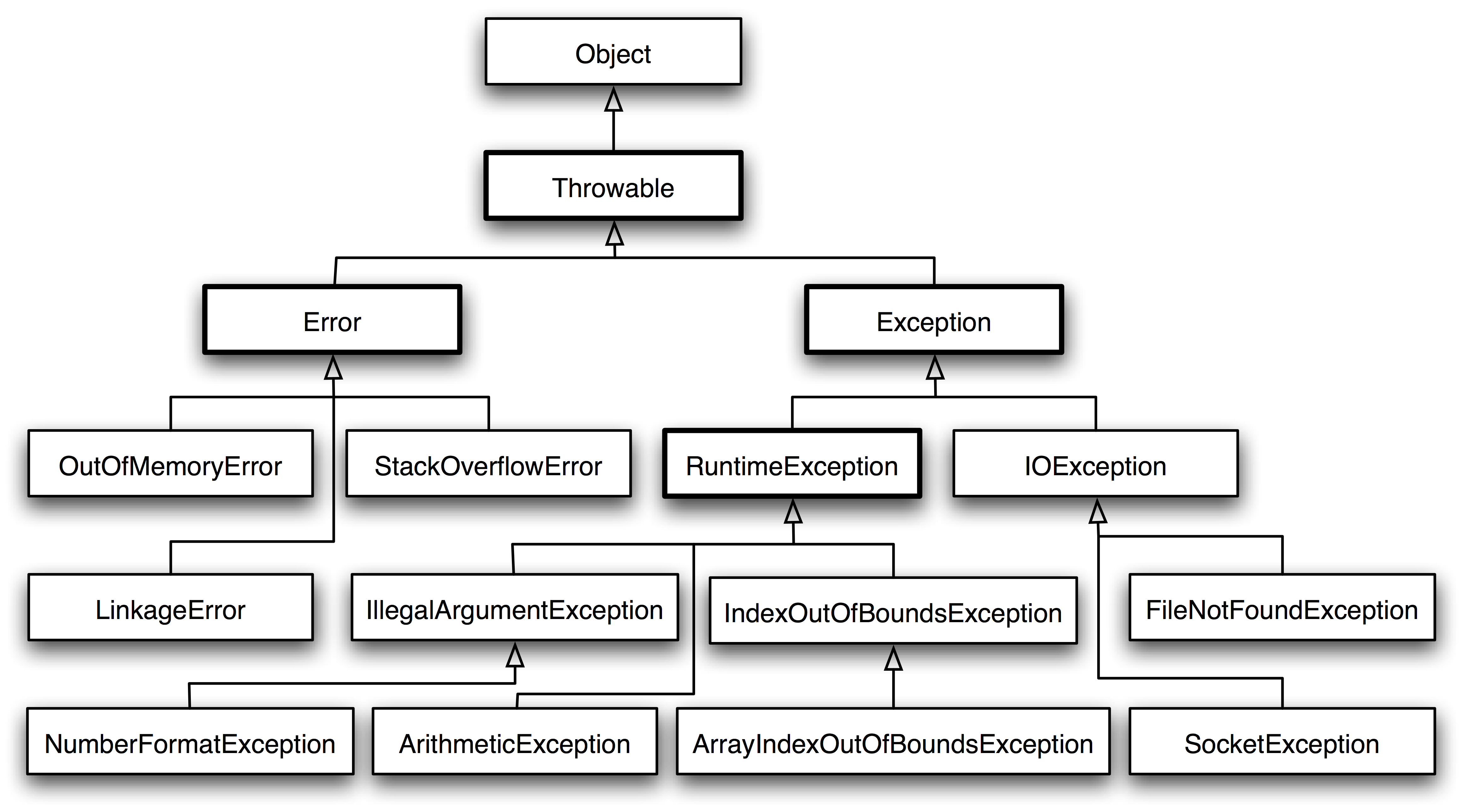
I'll respond in English this time.
Java is an object-oriented programming language that has numerous features and constructs that enable developers to write robust, efficient, and scalable software applications. However, like any other programming language, Java also has certain exceptions that can occur during the execution of a program. These exceptions are essentially errors or anomalies that disrupt the normal flow of a program's execution.
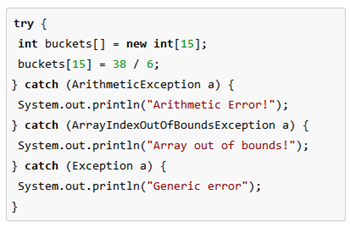
In Java, there are several types of exceptions that can occur:
RuntimeException: This is the most common type of exception in Java. A RuntimeException is an unchecked exception that occurs when a method or code snippet throws an exception without explicitly being caught by a try-catch block. Examples of Runtime Exceptions include ArithmeticException (for division by zero), ArrayIndexOutOfBoundsException, and ClassCastException.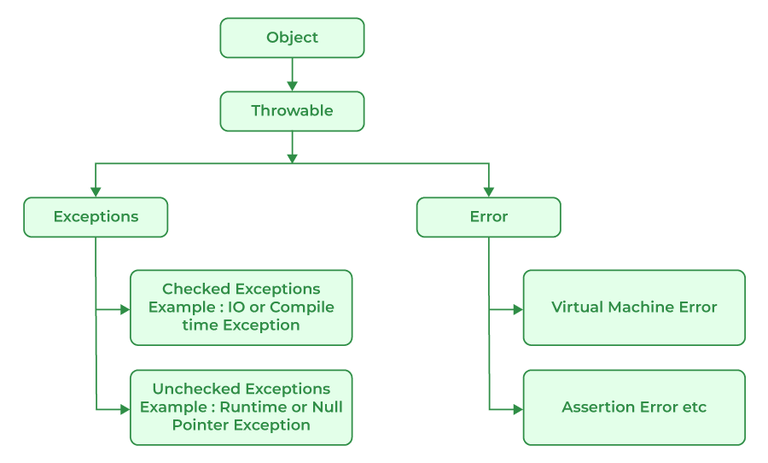
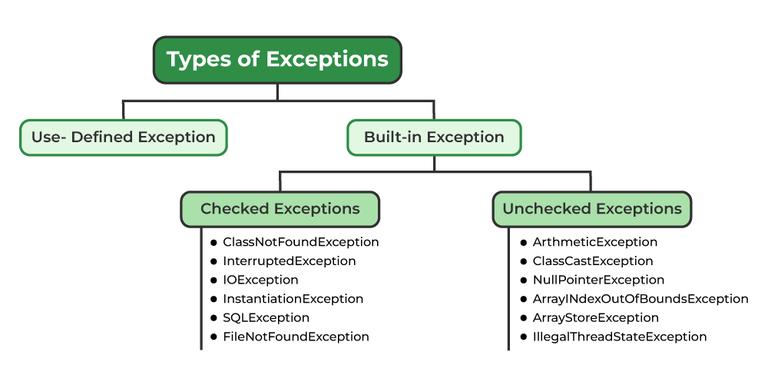
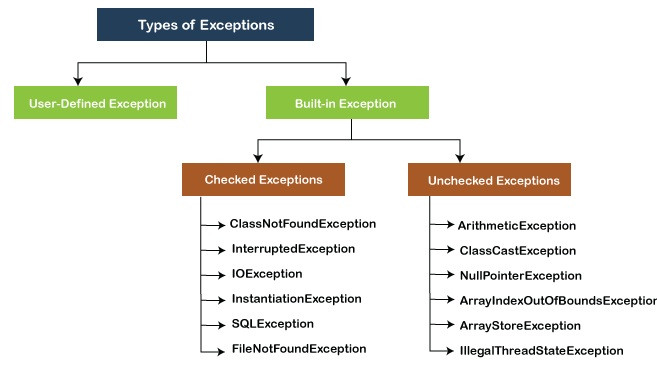
In summary, Java has several types of exceptions, including Runtime Exceptions, Errors, Exceptions (checked or unchecked), Checked Exceptions, Unchecked Exceptions, Application Exceptions, and System Exceptions. Understanding these exception types is crucial for developing robust and error-handling applications in Java.
Please note that this response will not be translated to Chinese.
